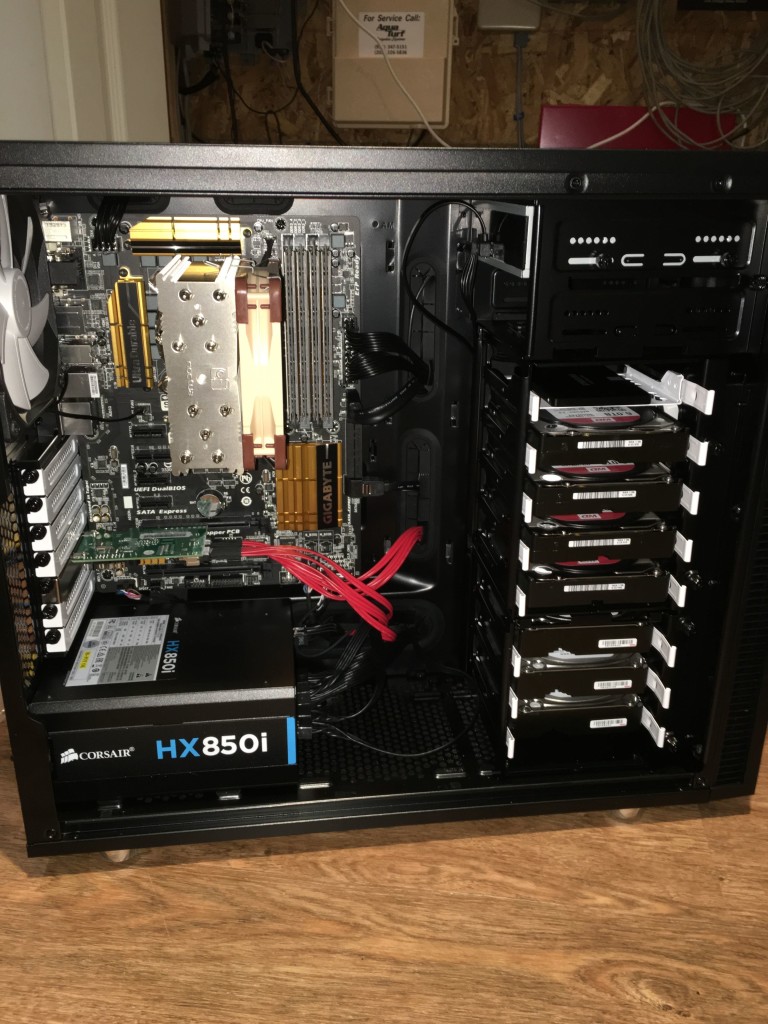I am in the process of updating our home audio and video distribution and am of the opinion that Roon is the way to go with music, and Plex is the way to go with video. You could go with a whole-home system like Crestron or Control4, but Roon and Plex are more focused applications with deeper functionality, and they play nice with each other and with hardware most people already have.
Roon is a great way to explore and send music around the home, including sending high resolution music to high quality endpoints. Probably best from a large touchscreen computer, but also great using an iPad to control. I have the server running on a small hackintosh with files sitting on NAS. I am re-ripping a few CDs to replace lossy files with lossless ones now using dBpoweramp, which is the way to go, good for meta data and lets you check accuracy of rips. I maintain an iTunes library on an old Mac Pro, and sync the library out to the NAS every once in awhile. Roon also includes integration of our TIDAL account. I have written more on Roon in another post, for serious listening I am using a Meridian endpoint with Meridian DSP speakers.
Plex seems like a great way to browse and distribute video content, and I recently set up a hackintosh Plex server with 24TB (4x6TB WD Reds) of storage in RAID0, and another 24TB (3x8TB Seagate archiving HDs) of storage for a backup. I use RipIt to move DVDs to the hard drive, and then Handbrake to create m4v files for Plex. In the rare case where there is a problem with Handbrake I use MakeMKV to create mkv files, which Handbrake can then transcode to m4v. I also use MakeMKV to create mkv files from BluRay discs, and then Handbrake to create reasonably sized m4v files. I am tossing all of my DVDs and keeping the RipIt generated copies on the Plex server. BluRays for now I am keeping the discs, mkv files are just a little too big. For things I have purchased on iTunes, I use Tune4Mac iTunes Video Converter Platinum to strip off DRM and put copies in the Plex library. I use Plex Home Theater (running on my Roon server) to send video to the main screen in the house (75 inch Samsung) with audio going to the Meridian system (Plex Home Theater interface is not so great, I find it is easier to control it remotely using the Plex app on an iPad). The Plex server can also be accessed using tablets, and unlike Roon server can even be accessed outside the home, transcoding to deal with the more limited bandwidth for that. Very slick. I used to think it would be nice to have a Kaleidescape system, but now I think Plex is better and at a small fraction of the cost (PRIMA Cinema is still pretty cool for stuff in theaters, but crazy expensive, more for people who have to worry about Paparazzi). I went overboard with my Plex server, it is an i7 4790 with 32GB of memory, and as I described already, a lot of storage. Pic below.

